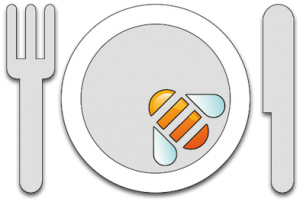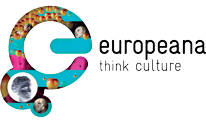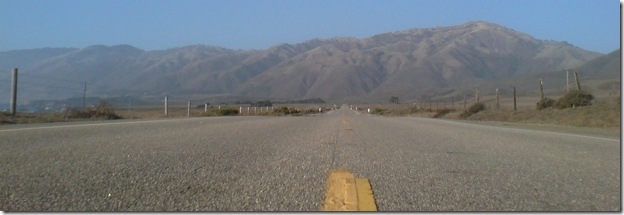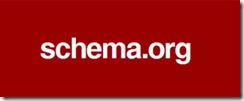
Semantic Search, Discovery, and Serendipity
An ambition for the web is to reflect and assist what we humans do in the real world. Search has only brought us part of the way. By identifying key words in web page text, and links between those pages, it makes a reasonable stab at identifying things that might be related to the keywords we enter.
As I commented recently, Semantic Search messages coming from Google indicate that they are taking significant steps towards the ambition. By harvesting Schema.org described metadata embedded in html









